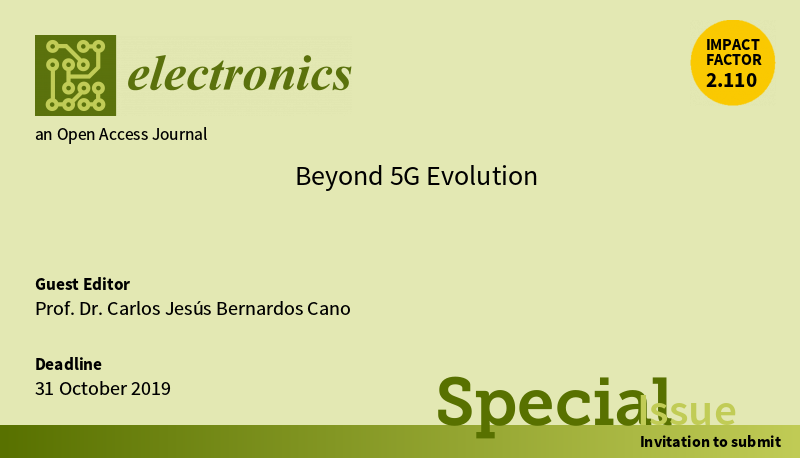 Future 5G networks promise delivering optimized services in three main usage scenarios: Enhanced Mobile Broadband (eMBB), Ultra Reliable Low Latency Communications (URLLC), and Massive Machine Type Communications (mMTC). The standardization of 5G has reached its first milestone with the 3GPP Release 15, while Release 16 is being clarified and first commercial products will soon appear on the market.
Future 5G networks promise delivering optimized services in three main usage scenarios: Enhanced Mobile Broadband (eMBB), Ultra Reliable Low Latency Communications (URLLC), and Massive Machine Type Communications (mMTC). The standardization of 5G has reached its first milestone with the 3GPP Release 15, while Release 16 is being clarified and first commercial products will soon appear on the market.
Compared to 4G, 5G pushes the usage of radio spectrum to the next level and enables the configuration of both radio access and the core network segments, thanks to the concept of network slicing and the use of virtualization technologies. Future 5G seeks to connect a denser more diverse range of devices, at far higher speeds with far lower latency and constitutes one of the most ambitious and challenging technology rollouts of the modern era. The success of 5G will depend to a great extent on how it is embraced by the new type of customers that 5G targets: the vertical industries. Practical experience with 5G deployments is needed, from customers, network operators and equipment vendors. In parallel to this, there are already some “beyond-5G” efforts appearing.
The goal of this Special Issue is to share research efforts on the design, adaptation and enhancement of beyond-5G mobile networks. Topics of interest include, but are not limited to:
- Practical experience on 5G deployment and usage. Lessons learned towards beyond-5G enhancements.
- Improvements of radio spectrum usage, novel strategies for coverage/service extension, support of novel use cases and mobile edge cloud applications, usability of the current unexplored spectrum.
- Enhancements of mobile network architectures aiming at significantly reducing energy consumption.
- Closed-loop automation and SLA control of automated vertical service lifecycle management.
- AI-based E2E network slicing solutions to combine optimization of RAN, Transport, Core and cloud/MEC resources, across multi-technologies, multi-vendors and multi-domains (federation).
- Applicability of AI/ML techniques to cross-layer optimizations in mobile network architectures.
- Enhancements to NFV MANO based on AI/ML.
- Orchestration and automation mechanisms capable of coping with extreme distributed and volatile resources (fog computing).
- Machine learning techniques to optimize time and frequency slot allocation and minimize interference between devices in ultra-dense environments.
- Optimal placement and movement of compute resources within a very distributed, mobile and heterogeneous infrastructure, including path movement prediction mechanisms to allow “follow-me” approaches.
- Beyond-5G related standardization efforts in the relevant standardization bodies (IEEE, IETF, 3GPP and ETSI).
Please download the brochure here.
More information (including submission guidelines) available at: https://www.mdpi.com/journal/electronics/special_issues/beyond_5g
Guest Editor
Prof. Dr. Carlos Jesús Bernardos Cano
(http://www.it.uc3m.es/cjbc/)
Department of Telematics Engineering, Universidad Carlos III de Madrid, Avda. Universidad, 30, 28911 Leganes (Madrid), Spain

